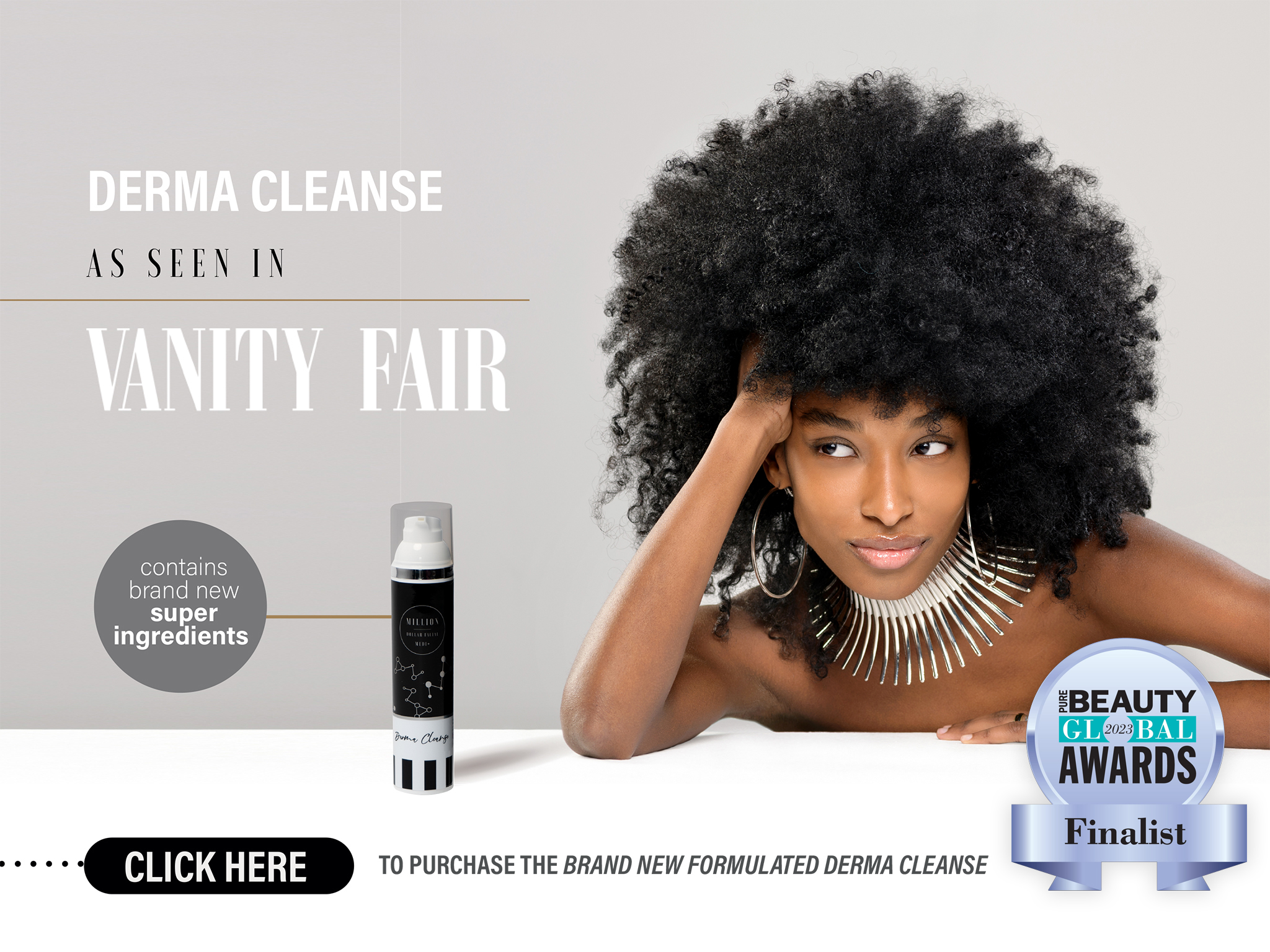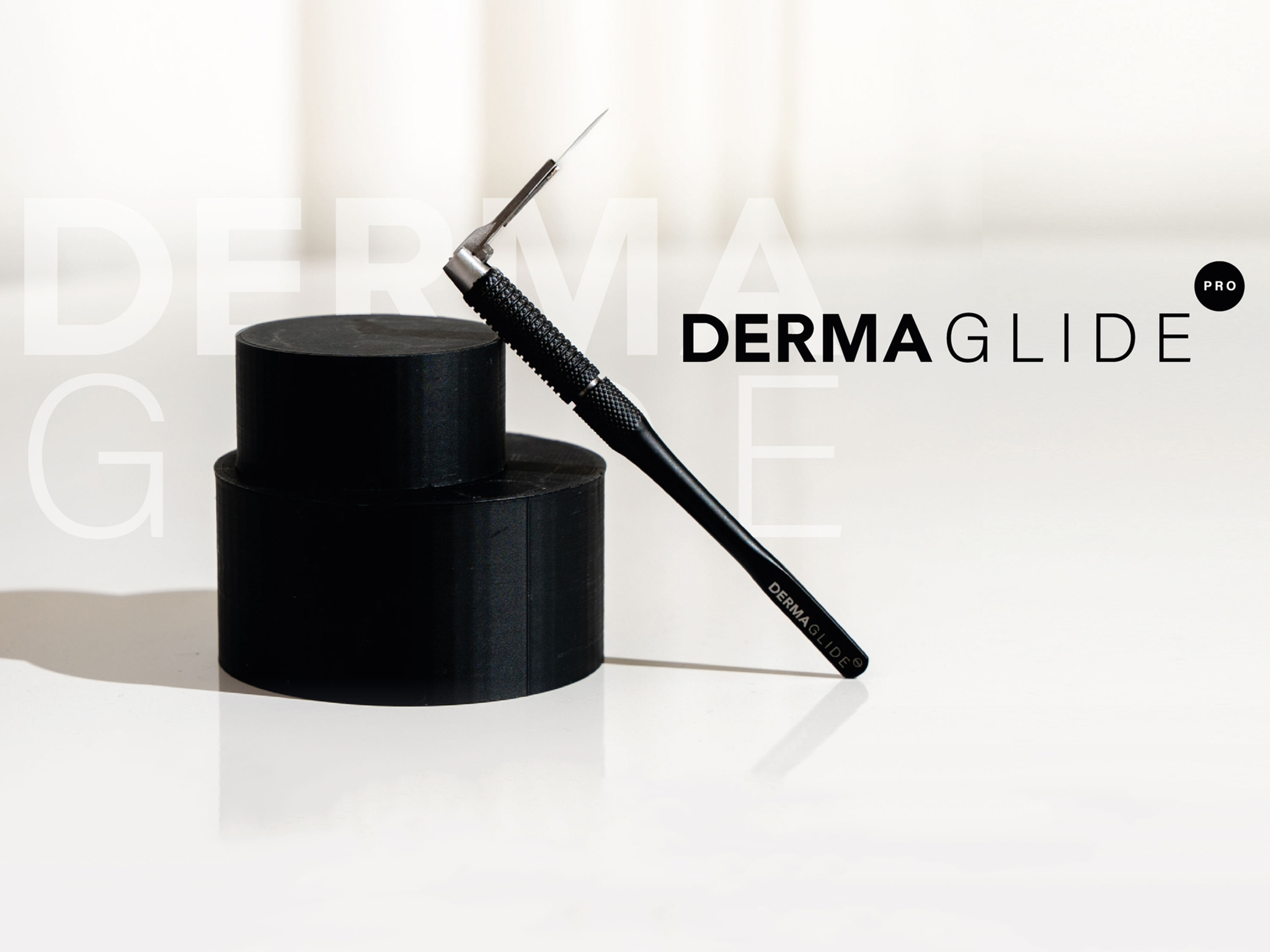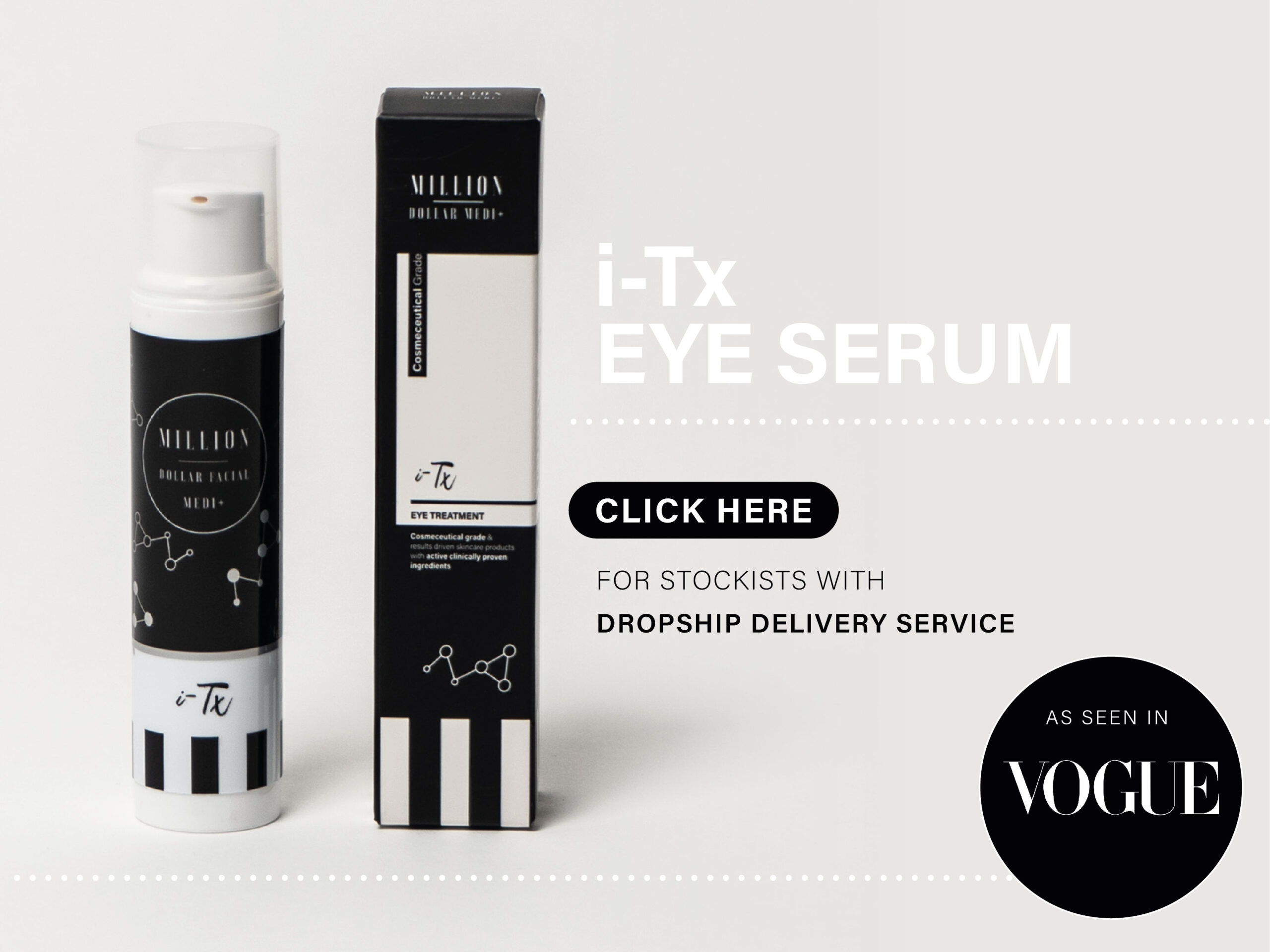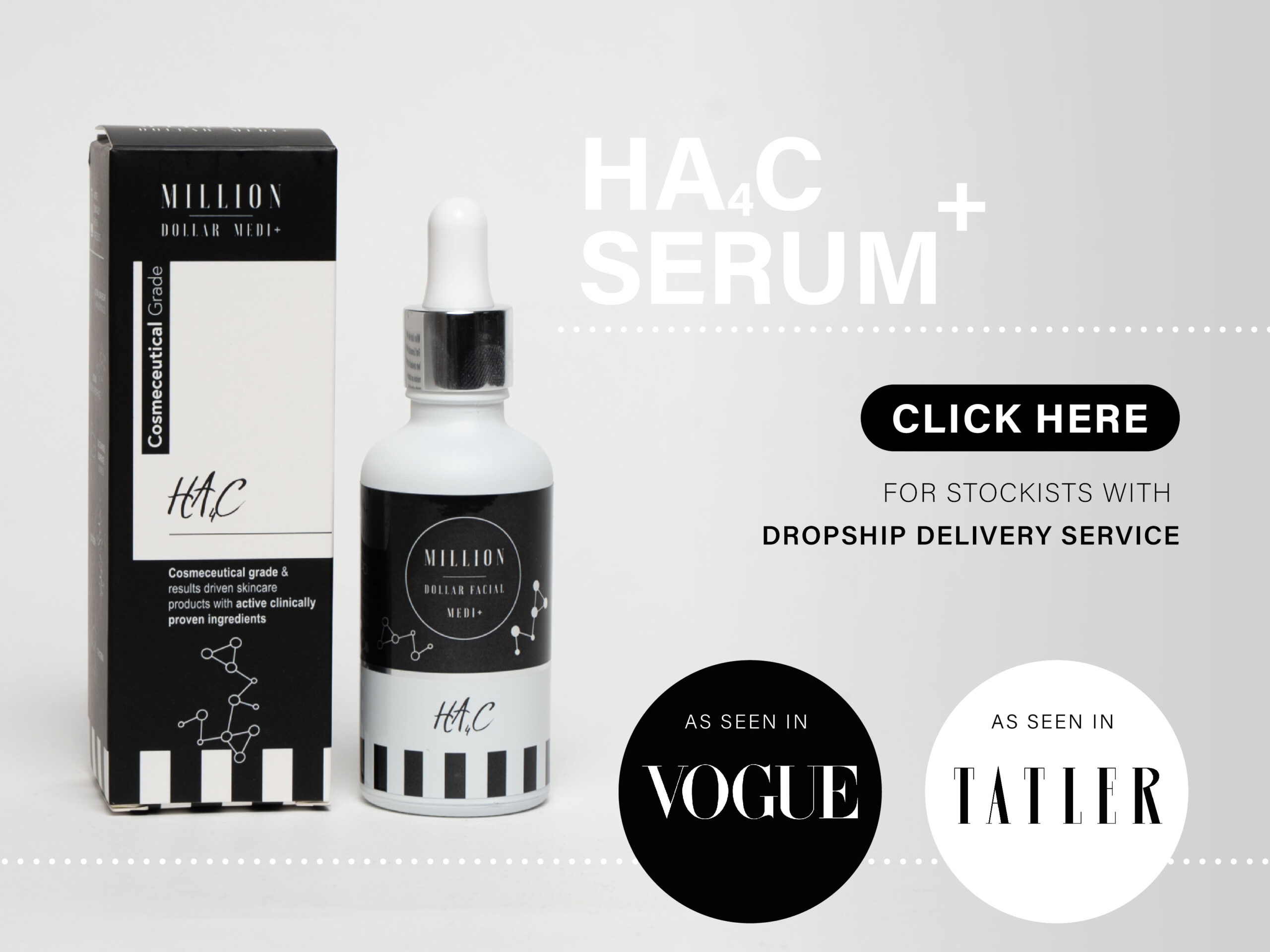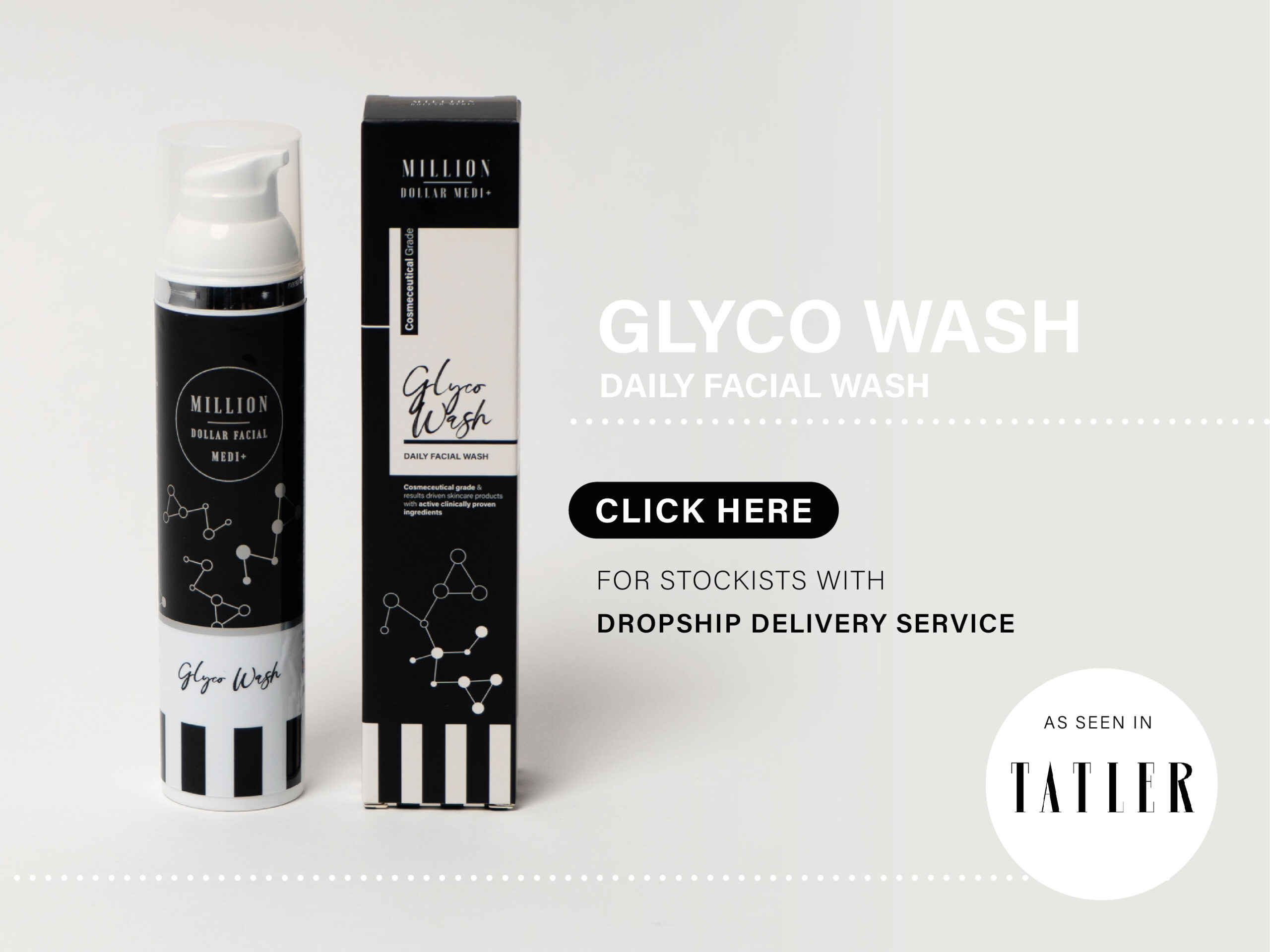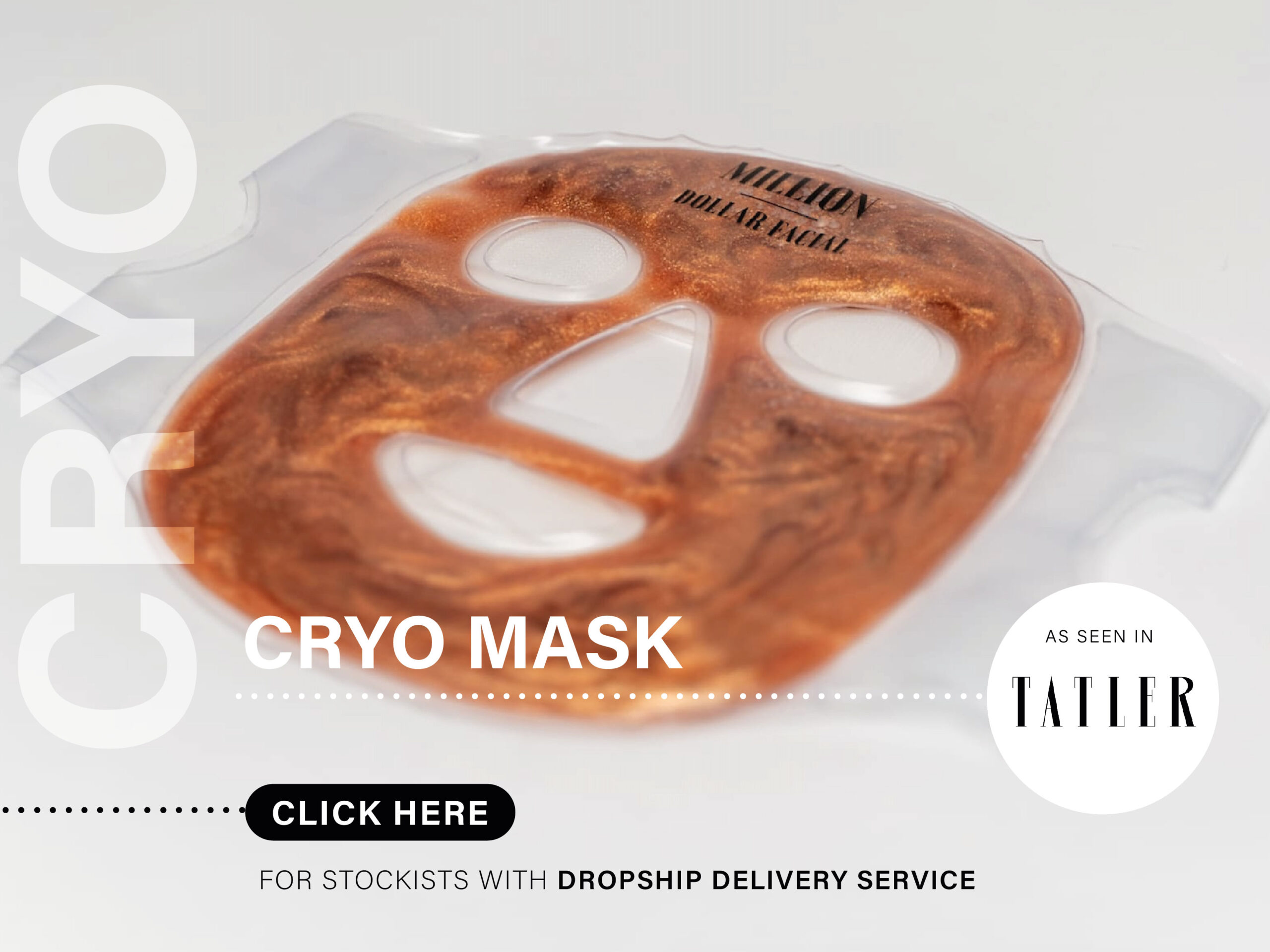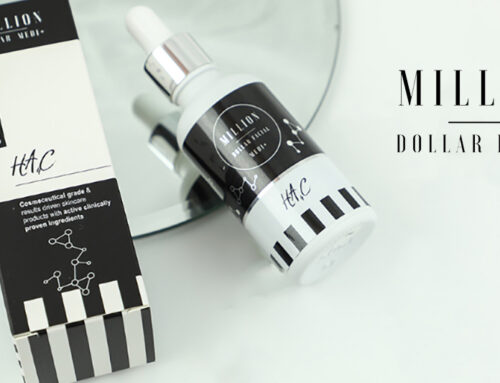Over the years many manufacturers have created an array of marketing claims to support the use of their brand of sunscreen. These claims can often be confusing and in some cases misleading.
Claims like sunblock, physical v’s chemical or organic v’s metallic can make the sunscreen market a minefield to navigate.
In this blog I wanted to dig out the evidence and get to the bottom of it all.
It all started in the 1980’s when new sunscreens containing Zinc Oxide and Titanium Dioxide came to the market.
You may be old enough to remember the images of people skiing and surfing with bright colourful sun screen on targeted areas.
These new sunscreens containing Zinc and Titanium offered longevity and didn’t wash off easily so seemed ideal for physical sports. They sat on top of the skin and acted as a sun barrier to stop the sun rays penetrating to the skin.
Zinc and Titanium are metals and compounds containing metals are classified as inorganic compounds.
However over time these sunscreens proved impractical to wear everyday, after all who could really go to work with pink stripes across their face. As a result, the manufacturers made the molecules smaller or micronized them. This made the sunscreen more practical to wear as a thinner almost invisible layer could be applied of the new micronized inorganic, metallic compound.
However, over time and continued use scientists started to find accumulation of the metallic compounds in the internal organs of people who used them. Due to the micronizing process the tiny metallic molecules were now small enough to pass through the skin and into the blood stream and accumulate causing inflammation.
In 2020 after 10 years of research the EU has now classified Titanium Dioxide in cosmetics as a carcinogen to humans stating that this inorganic chemical poses a risk of causing cancer in humans.
There are another group of compounds used in sunscreen, these are compounds containing carbon and are classed as organic chemicals. They sit in the skin and filter the sun offering protection. These are often called UV filters, These organic chemicals have bene deemed safe by the EU.
To simplify things:
All molecules are chemicals, even water is a chemical H2O therefore all sunscreens are chemicals.
All chemicals are physical as they are made from molecules.
Sunscreens can be made of Inorganic molecules or Organic molecules.
Inorganic sunscreens are difficult to use every day unless they are micronized, however
when they are micronized they may be carcinogenic.
Organic sunscreens filter UV light and are safe to use.
There is no such thing as a sunblock and the maximum claim that can be made in the EU is SPF 50+
Million Dollar SPF Shield 50+
Million Dollar Medi+ Shield 50+ is a safe, non- carcinogenic sunscreen containing organic compounds to filter UV radiation in the skin and provide maximum allowable protection at SPF 50+.








